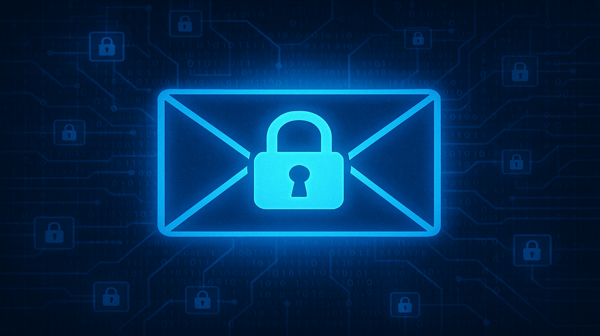Table of Contents
Email is a primary method of business communication—making it also one of the most exploited attack vectors for cybercriminals. With the rise of Business Email Compromise (BEC) attacks, it's becoming increasingly critical for companies to ensure that their employees understand the risks and how to avoid falling victim to them. Launching a security awareness training (SAT) program is one of the most effective ways to achieve this.
While many organizations already have an SAT program in place, if you're only conducting annual training, then you're missing an opportunity to effectively train employees to identify advanced phishing threats and become a partner in the fight against phishing.
Why Launch a Security Awareness Training Program?
Cybercriminals are becoming increasingly sophisticated in their attacks. In addition to using social engineering techniques, attackers also leverage AI tools and deepfake technology to trick employees into clicking weaponized links, opening attachments, or sending data or funds. These highly sophisticated techniques enable attacks to bypass traditional and native email security tools —leaving your business open to a costly breach.
This is where effective security awareness training comes in. Cybersecurity is a team sport. Every employee in your organization should be a partner in fighting phishing and feel empowered to report any suspicious email. By regularly training employees to recognize and report phishing threats, you're building a security awareness culture and reducing the risk of a breach.
How to Launch an Effective Security Awareness Training Program
1. Identify the Training Needs
When looking to launch a security awareness program, the first step is to identify what types of attacks phishing attacks are landing in your employees' inboxes the most and to determine your employees' current security awareness baseline. While security awareness training can and should go beyond email security, for the sake of this article, we'll focus on building a program to improve awareness against phishing threats.
You can leverage a few free tools from IRONSCALES to identify your organization's security awareness training needs:
- 90-day Scanback: This free email scanning tool detects advanced email threats hiding in your organization's inbox, even the ones missed by your Secure Email Gateway.
- StarterTM: A free Phishing Simulation Testing tool from IRONSCALES that allows you to send up to 12 phishing simulation tests to your employees to identify vulnerable employees and also train employees' ability to identify phishing threats.
2. Develop Your Curriculum
Once you've identified your organization's training needs, you can start focusing on the topics you'd like to include in your training. When it comes to an SAT curriculum, there isn't a one-size-fits-all. You must tailor your training based on the department and individual training needs. For example, a controller on the finance team may need advanced training on identifying BEC and wire fraud attacks, but a junior marketer may need to start at a higher level. You also want to determine how often you'll run training.
3. Choose a Training Method
Now you need to figure out how you're going to deliver the training. If it's your first time launching this type of training, it may make sense to set up a dedicated meeting to go talk about it. However, a more cost-effective method for training large groups of people with individualized training needs is to do training online.
As part of our Complete ProtectTM package, IRONSCALES makes it easy to send and track bite-sized security awareness training videos in just a few clicks.
4. Launch the Training
When it comes time to launch your campaign, you need to personalize the training and message to the group of participants and include when they need to complete the training. People get busy, keep an eye on who has completed the training and who hasn't and send periodic reminders throughout the training window.
5. Evaluate the Training
To evaluate if the training is effective, you can launch a phishing simulation testing campaign a few weeks after the training and monitor the results. Depending on the click rate of the phishing simulation campaign, you may need to rework your curriculum completely or make incremental adjustments to provide extra guidance.
For more tips on transforming your employees into partners in the fight against phishing, watch our on-demand webinar, "Turn Your Employees into Anti-phishing Experts with IRONSCALES."
Explore More Articles
Say goodbye to Phishing, BEC, and QR code attacks. Our Adaptive AI automatically learns and evolves to keep your employees safe from email attacks.

/Concentrix%20Case%20Study.webp?width=568&height=326&name=Concentrix%20Case%20Study.webp)














